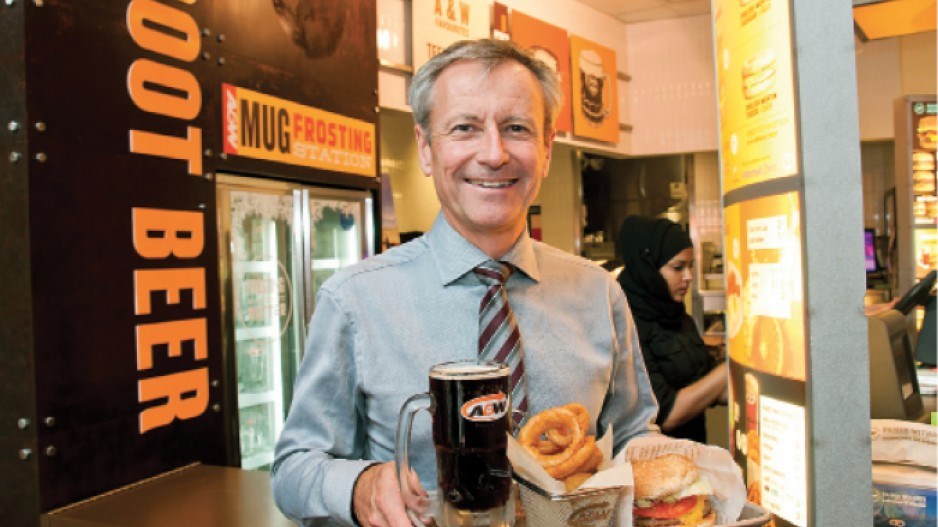The plan by Wendy's Co. (Nasdaq:WEN) to sell all 135 of its Canadian restaurants to franchisees highlights the trend of large fast-food chains shifting away from direct ownership of restaurants.
The Ohio-based hamburger chain's decision follows major corporate moves by the world's second-largest burger chain, Burger King Worldwide Inc. (NYSE:BKW), which has significantly reduced its number of corporate-owned restaurants while negotiating a deal to acquire highly franchised Tim Hortons (TSX:THI). Wendy's plans to use the proceeds from selling its restaurants to develop more franchised restaurants in Canada.
“The trend over the past 20 years for many major chains, certainly in the hamburger segment, has been toward a lower proportion of corporate restaurants and a higher proportion of franchised restaurants,” said A&W Food Services of Canada Inc. CEO Paul Hollands, whose burger chain franchises more than 99% of its 820 locations.
“A franchise model harnesses a strong entrepreneurial spirit at the front line of your business. You have independent business people who have got their life savings, in most cases, tied up in the enterprise. So, they are very committed to making that business a success.”
David Henkes, a Chicago-based restaurant analyst and vice-president of Technomic, agreed. He believes franchising has picked up speed because of sluggish restaurant sales growth.
“The challenge nowadays is that the restaurant industry isn't growing at 5%, 6% or 7% per year,” he said. “It's growing at 0.5% or 1% per year. So, in an environment where big chains are faltering – look at same-store sales from McDonald's Corp. (NYSE:MCD) recently – it's harder for them to obtain growth.”
Converting corporate stores into franchised stores transfers some risk from the corporation to franchisees and also allows the corporation to accumulate capital, Henkes said. He pointed to U.S. chains such as Applebee's as other examples of the trend.
Even fast-food chains that built their brands while being primarily corporately owned are getting into the fray.
Starbucks Corp. (Nasdaq:SBUX), for example, has been increasing its number of licensee stores, which are essentially franchises because licensees pay for the right to use the Starbucks brand and products. The difference between a licensee and a franchise tends to be that licensees are not required to carry all the products that would be sold in a full franchise.
Back in 1995, only 7% of Starbucks stores in the Americas were licensee stores. That percentage rose to 14% in 1999, 37% in 2008 and 40.8% today.
While they have expanded their percentage of franchisee venues, chains such as the Canadian A&Ws, White Spot and Triple-O's all keep some corporate stores so they can test new products.
“We're constantly trying things first in our corporate restaurants,” Hollands said. “We use them for research and development, innovation and testing.”




